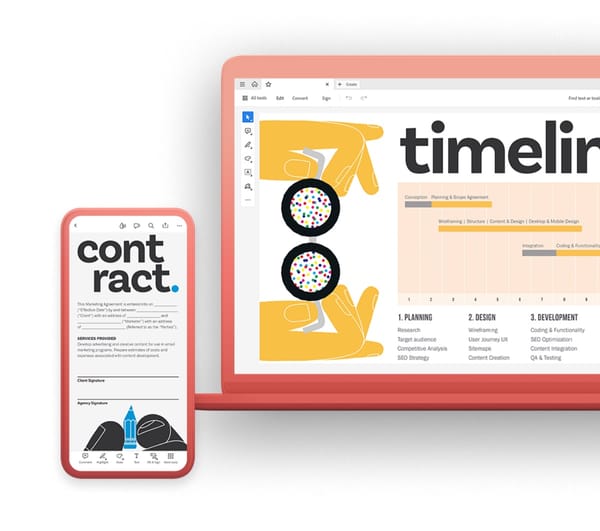How to Fix Audio in Adobe Audition
Adobe Audition is a powerful audio editing software that can be used to fix a variety of audio problems. Here are some of the most common audio problems that can be fixed in Adobe Audition:
- Clipping: Clipping occurs when the audio signal exceeds the maximum amplitude of the recording medium. This can cause distortion and artifacts in the audio. To fix clipping, you can use the DeClipper effect in Adobe Audition.
- Noise: Noise is any unwanted sound that is present in the audio recording. This can be caused by a variety of factors, such as the recording environment, the microphones that were used, and the recording equipment. To fix noise, you can use a variety of noise reduction effects in Adobe Audition.
- Hum: Hum is a low-frequency noise that can be caused by a variety of factors, such as electrical interference, AC power, and fluorescent lights. To fix hum, you can use a hum extractor effect in Adobe Audition.
- Hiss: Hiss is a high-frequency noise that can be caused by a variety of factors, such as the microphones that were used, the recording equipment, and the recording environment. To fix hiss, you can use a sibilance reduction effect in Adobe Audition.
- Clicks and Pops: Clicks and pops are short, sharp noises that can be caused by a variety of factors, such as dropouts in the recording, mechanical noise from the equipment, and digital artifacts. To fix clicks and pops, you can use a de-clicker effect in Adobe Audition.
- Distortion: Distortion occurs when the audio signal is overloaded and the waveform is clipped. This can cause the audio to sound harsh and unpleasant. To fix distortion, you can use an equalizer or a compressor effect in Adobe Audition.
- Echo: Echo is a repetition of the audio that can be caused by a variety of factors, such as reverberation in the recording environment and delay in the recording equipment. To fix echo, you can use a reverb effect in Adobe Audition.
Here are some tips for fixing audio in Adobe Audition
- Listen carefully to the audio: The first step to fixing audio is to listen to the audio carefully and identify the problem. Once you have identified the problem, you can start to look for a solution.
- Use the right tools: Adobe Audition has a variety of tools that can be used to fix audio problems. Use the right tool for the job and don’t be afraid to experiment with different settings.
- Save backups: It’s always a good idea to save backups of your audio files before you start making any changes. This will help you in case you make a mistake and need to go back to the original file.
- Be patient: Fixing audio can be a time-consuming process. Don’t get discouraged if you don’t see results immediately. Keep working at it and you will eventually get the results you are looking for.
Additional Tips
- Use the Spectrogram: The Spectrogram is a visual representation of the audio signal. It can be helpful for identifying and diagnosing audio problems.
- Use the Audio Repair Assistant: The Audio Repair Assistant can automatically fix a variety of audio problems. It is a good option for beginners who are not familiar with Adobe Audition.
- Use third-party plugins: There are a number of third-party plugins that can be used to fix audio problems. These plugins can be very powerful and can help you achieve results that are not possible with the built-in effects in Adobe Audition.
By following these tips, you can effectively fix audio problems in Adobe Audition and create high-quality audio productions.


